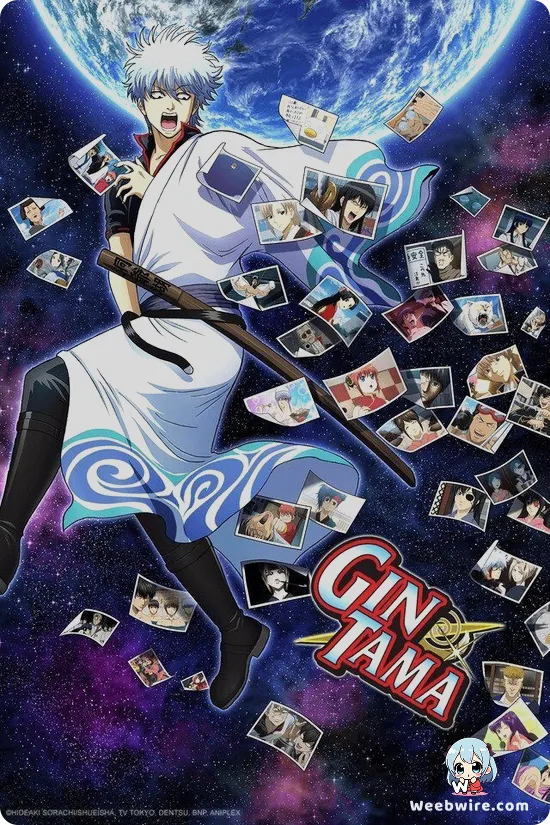Logistical Triumph: Unpacking the Hidden Production Genius and Meta-Humor Driving Isekai Quartet 2 Success

The second season of the popular super-deformed (SD) anime mashup, Isekai Quartet 2, is far more than a simple exercise in fan service. It stands as a significant achievement in production coordination and offers sharp, satirical commentary on the modern Isekai genre. The core premise involves forcing the powerful protagonists from Overlord, KonoSuba, Re:Zero, Saga of Tanya the Evil, and the newly integrated The Rising of the Shield Hero into a mundane Japanese high school setting. While this concept appears straightforward, the behind-the-scenes reality of its creation reveals layers of profound logistical complexity.
A Logistical Triumph in Voice Casting
One of the most remarkable, yet often underappreciated, feats of the entire Isekai Quartet franchise is the unwavering commitment to utilizing the complete, original roster of A-list voice talent for every single character. For a short-form, stylized chibi project, industry norms might suggest cutting costs by employing alternative actors or drastically limiting dialogue to avoid scheduling conflicts. Yet, Isekai Quartet 2 successfully mobilized major industry players, including sought-after stars like Satoshi Hino (Ainz Ooal Gown), Rie Takahashi (Megumin and Emilia), Yūsuke Kobayashi (Subaru Natsuki), and Aoi Yūki (Tanya Degurechaff).
Harmonizing the busy schedules of these key figures, who originate from five distinct franchises and four separate production studios (Madhouse, Studio Deen, White Fox, and Kinema Citrus), for a non-canon, weekly short series represents an unprecedented logistical triumph. This effort underscores the project's high priority and deep respect for its established fan communities.
The Strategic Use of the Chibi Format
Visually, the series maintained unique uniformity thanks to animation specialist Studio PuYUKAI. This studio, known for producing the SD shorts for Overlord (Plei Plei Pleiades) and Re:Zero (Re:Petit), was perfectly suited to blend the dramatically different art styles of the source material. The chibi format is not merely cute; it serves a crucial comedic purpose.
By leveling all characters, from the intimidating skeletal ruler Ainz to the diminutive, militaristic Tanya, to the same height and simplified design, the show effectively strips away their inherent power dynamics and visual menace. This visual parity is vital to the core comedic engine, ensuring that even omnipotent beings must submit to the arbitrary rules of a high school classroom.
Integrating The Rising of the Shield Hero
Season 2 notably expanded its cast to include the trio from The Rising of the Shield Hero: Naofumi, Raphtalia, and Filo. Their initial bewildered integration mirrored the audience's first introduction to the crossover concept. Unlike the original four groups, who had already settled into the school's rhythm, the Shield Hero group provided 'fresh eyes,' allowing the writing staff to cleverly re-explore and satirize the overall absurdity of their predicament.
The inclusion of Naofumi, a character defined by his trauma and skepticism, also opened the door for brilliant, unexpected comedic pairings, particularly with Subaru, another famously long-suffering protagonist. Their shared misery often fuels the series' most sharp and self-referential jokes.
The show consistently employs clever meta-humor, frequently acknowledging and poking fun at the tropes of its own genre. For example, Ainz Ooal Gown, who commands legions in his home world, is shown struggling hilariously with mundane classroom assignments, juxtaposing high fantasy logic against slice-of-life reality. The series relies on the audience's deep familiarity with all five source narratives, making running gags like Tanya's military obsession applied to organizing a cultural festival or Megumin's destructive Explosion magic in gym class land perfectly.
Ultimately, the lack of explanation for the mysterious red button that transports the characters, or the identity of their enigmatic teacher (voiced by Toshiyuki Morikawa), is entirely deliberate. The creators understood that the audience sought character chemistry and genre clash, not complex world-building. By keeping the 'why' simple, the focus remains laser-sharp on the comedic interactions, solidifying Isekai Quartet 2 as a uniquely successful experiment in anime crossover production and meta-textual comedy.
Credits
Isekai Quartet
Author
Minoru Ashina (Director/Series Composition)
Cover Art
Minoru Takehara
Studio
Studio PuYUKAI
Publisher
Kadokawa
Producers





